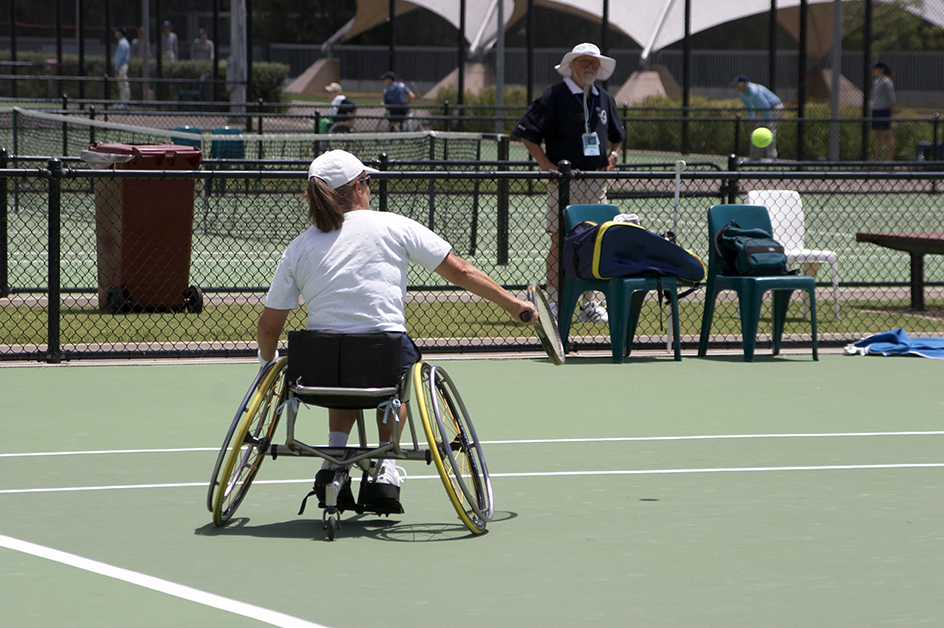Paralysis, also called motor paralysis, is the loss of the ability to move voluntarily (under conscious control). It involves loss of control or function of the skeletal muscles, sometimes called voluntary muscles (see Muscle (Skeletal muscles) ). Paralysis may be partial or complete, and temporary or permanent. It can affect any muscles and, in many cases, is associated with loss of sensation in the affected part of the body.

In order to move, a muscle must be stimulated by nerves. Paralysis can result from damage to (1) the central nervous system, (2) the peripheral nervous system, or (3) the muscles themselves.
Paralysis of central nervous system origin
can be extensive. The central nervous system consists of the brain and the spinal cord. An injury or disease that destroys brain cells may paralyze arm, leg, and face muscles, often on only one side of the body. Such brain damage generally produces spastic paralysis, in which the muscles are more stiff than normal, and reflexes are overactive. If motor nerve cells (nerve cells that affect movement) in the spinal cord are damaged directly, then the muscles become limp, and reflexes are lost. This is called flaccid paralysis.
Disease or injury of the spinal cord paralyzes the muscles at and below the level of damage. For example, spinal cord damage in the neck region can cause quadriplegia–paralysis of the arms and legs. Paraplegia–paralysis of the legs–follows damage to the spinal cord below the neck. Damage to the brain stem–the portion of the brain that connects to the spine–can result in the paralysis of muscles that control such automatic functions as breathing and swallowing.
Many conditions can produce paralysis of central nervous system origin. In newborns, such paralysis usually results from injury to the brain during the birth process or from brain hemorrhages in infants born prematurely. It can also result from spina bifida or other birth defects. Among children and young adults, automobile and sports accidents are leading causes of paralysis. Diseases that affect the central nervous system, such as meningitis and multiple sclerosis, also cause many cases of paralysis in young adults. Among older people, strokes and tumors are common central nervous system disorders resulting in paralysis.
Nerve cells in the central nervous system cannot regrow, and so their destruction generally results in permanent paralysis. However, some patients who have suffered brain damage can relearn certain movements by using undamaged parts of the brain.
Paralysis of peripheral nervous system origin
generally affects an individual muscle or a group of muscles. The peripheral nervous system includes the nerves that connect the central nervous system to the muscles. Peripheral nerves can be damaged by various poisons, such as alcohol and lead; by diabetes and certain other diseases; and by cuts and other injuries. Inflammation of a peripheral nerve may also paralyze the muscles that the nerve controls. Peripheral nerves can regrow, and so this type of paralysis may be temporary in some cases. Physical therapy can help patients restore their strength if movement returns.
Paralysis of muscular origin.
A group of hereditary disorders called muscular dystrophy ranks as the most common cause of paralysis due to muscle damage. For information on these disorders, see the article on Muscular dystrophy .
